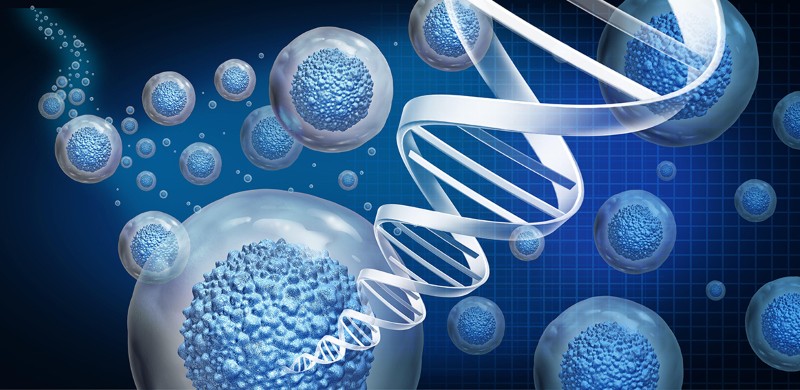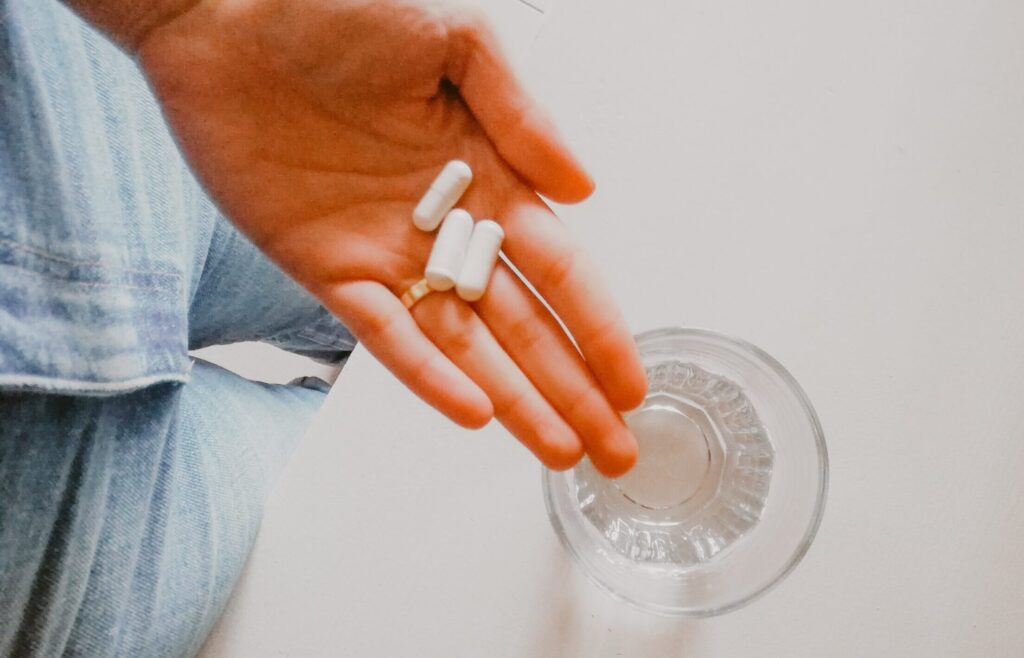What Is Insulin Resistance? Causes, Symptoms, And Treatment
Science • September 26, 2022 • 15min read
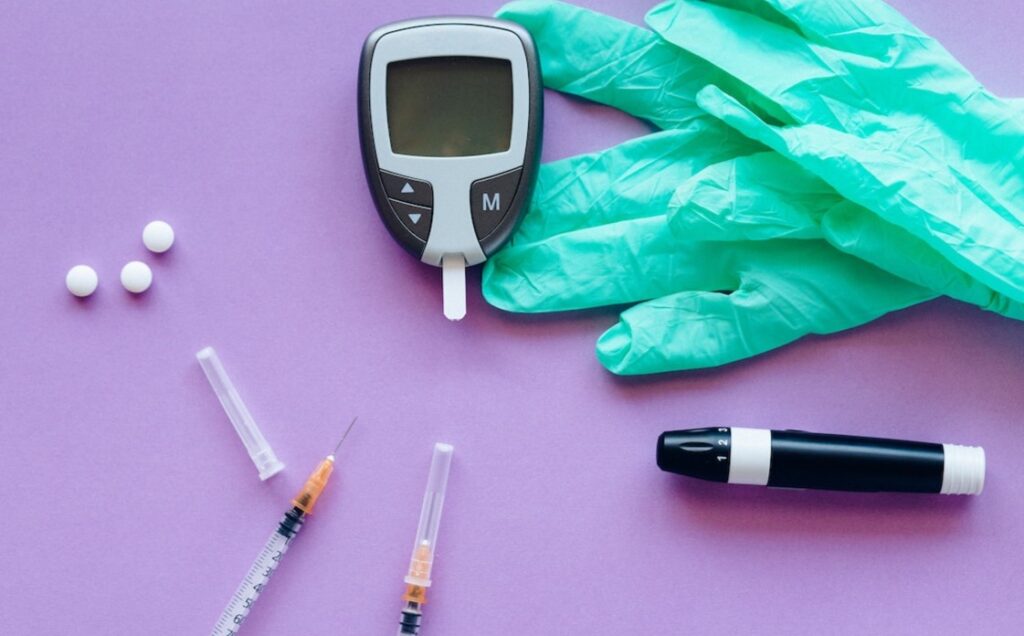
Highlights
- Insulin resistance happens when cells do not respond to insulin, resulting in increased blood sugar levels which may lead to diabetes development
- The exact mechanism inducing the onset of insulin resistance is still unclear, but obesity, physical inactivity, and diet are major factors related to it
- Insulin resistance may occur even without noticeable symptoms and 1 out of 4 people is unaware that he/she already has diabetes
- Obesity and aging cause NAD+ decline which leads to multi-organ insulin resistance. However, supplementation may reverse its features
- Lifestyle interventions may be more effective than metformin to ameliorate insulin resistance
Introduction
After eating, digested food causes a spike in blood sugar levels. Insulin is an important hormone that helps blood sugar to enter our cells, tissues, and organs so that it can be used as energy to function properly, or for storage.
Insulin is produced by the specialized cells in the pancreas called beta cells. When the blood sugar level rises, beta cells produce insulin to facilitate the movement of blood sugar into cells.
If the sugar molecules are not properly absorbed by cells, blood sugar levels continue to rise and the sugar lingering through our circulation wreaks havoc on our blood vessels. This may lead to several disorders like insulin resistance and diabetes. Therefore, insulin is very important for normal health.
Unfortunately, cells may become insulin resistant as influenced by genetics, lifestyle, obesity, and aging. Insulin resistance is a great risk factor for diabetes development and cardiovascular disease. In this article, we discuss what is insulin resistance, its causes, symptoms, and possible treatment.
What Is Insulin Resistance?
Insulin resistance is a serious health condition when your cells do not respond to insulin properly. Cells cannot absorb the sugar molecules from the bloodstream efficiently. As a result, insulin resistance causes chronically high levels of blood sugar which may lead to the development of type 2 diabetes.
According to the National Diabetes Statistics Report of the Centers for Disease Control and Prevention (CDC), 30.3 million Americans, or 11.3% of the US population have diabetes and about 1 out of 4 (around 8.5 million people) remains undiagnosed or is not aware that they already have diabetes.
Prediabetes is the health condition of having high blood sugar levels but not enough yet to be classified as diabetes, Strikingly, it exists in a total of 96 million people aged 18 years old and above. In this case, around 80% are not aware that they have prediabetes.
Once you have prediabetes, it is very important to control it because up to 70% of prediabetic people may fully progress to diabetes.
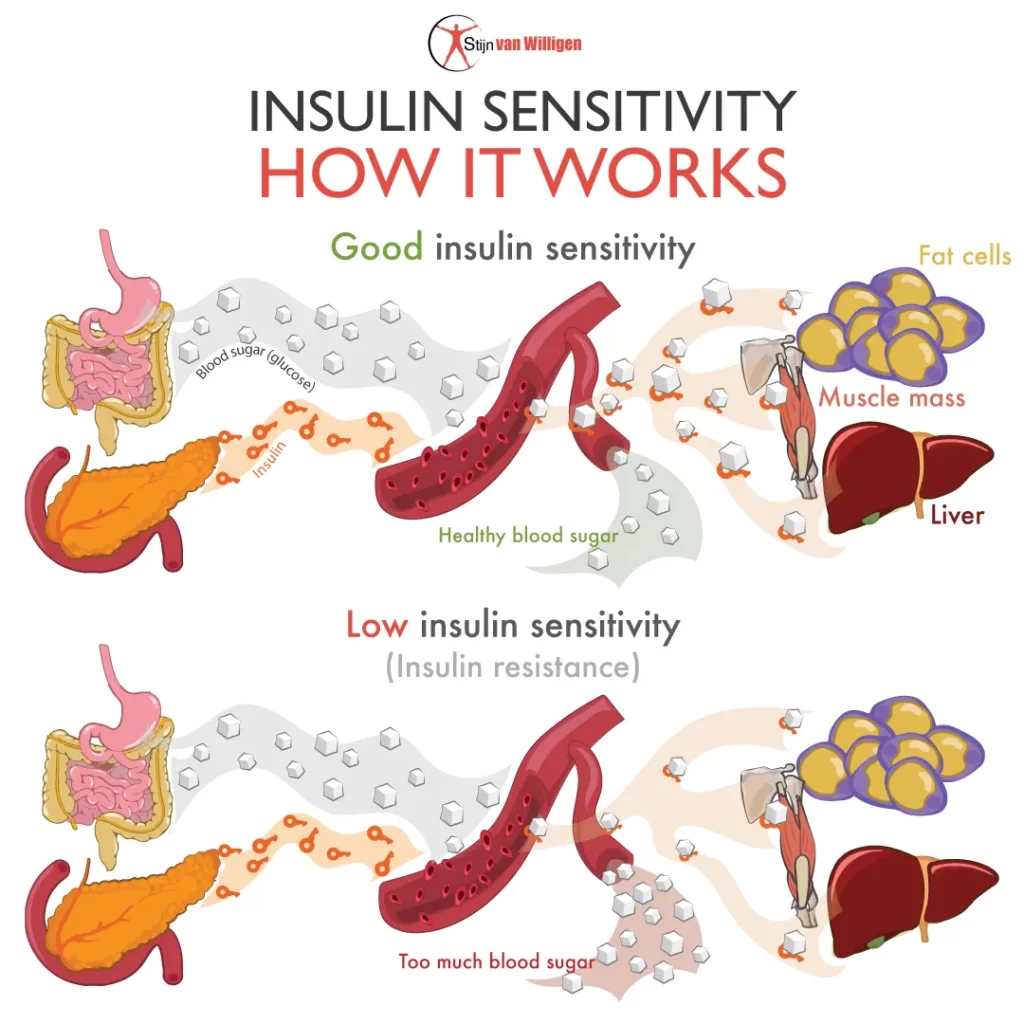
What Is Type 2 Diabetes Insulin Resistance?
Diabetes Mellitus or diabetes is the chronic health condition of having very high blood sugar levels due to impaired control of blood sugar levels.
In general, diabetes has three main types:
- Gestational diabetes is the temporary condition of having high blood sugar levels due to insulin resistance during pregnancy which generally resolves after giving birth.
- Type 1 diabetes is an autoimmune disorder wherein the reason for high blood sugar levels is due to lack of insulin. This is because the immune system is destroying the insulin-producing cells, the beta cells of the pancreas.
- Type 2 diabetes is a chronic condition wherein the pancreas does not produce enough insulin. Or when insulin resistance develops, resulting in abnormally high blood sugar levels.
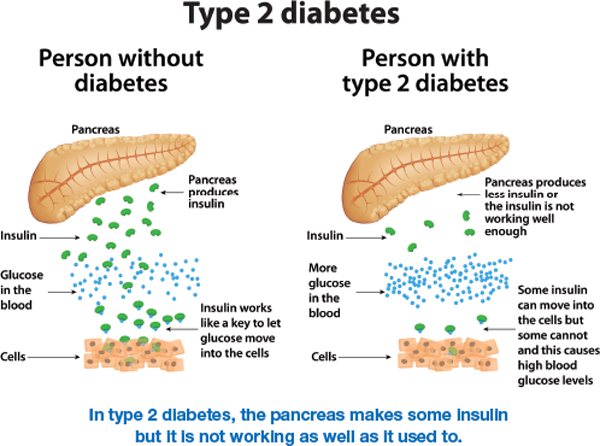
Type 2 diabetes (T2D) is the most common type of diabetes. Around 95% of all people with diabetes are those with T2D. During insulin resistance, the cells in muscles, fat, and liver become resistant to insulin. Since these cells no longer respond properly to original amounts of insulin secreted by the pancreas, they need more insulin to take in the sugar from the blood.
To control the abnormal blood sugar level, the pancreas produces higher insulin amounts to stimulate cells to absorb blood sugar. Over time, the required amounts for insulin to perform its expected function become higher and higher.
If left untreated, insulin resistance may develop into diabetes. The circulatory system including blood vessels and the heart becomes damaged which may lead to cardiovascular disease – the leading cause of death worldwide. Hence, diabetes patients require long-lasting insulin injections to manage the disease.
Medical practitioners diagnose type 2 diabetes by assessing medical history, family history, physical exam, signs and symptoms, and using blood tests like the glycated hemoglobin (A1c) test which shows the average glucose levels in your blood for the past 2-3 months:
- Normal – A1c level below 5.7%
- Prediabetes – A1c level between 5.7% and 6.4%
- Type 2 diabetes – A1c level of 6.5% or higher on two separate tests
What Causes Insulin Resistance?
The exact underlying cause of insulin resistance is still unclear. Meanwhile, genetic and environmental factors contribute to its development and progression.
Here are specific risk factors that promote the development of insulin resistance:
- Overweight or obesity
Research shows that obesity, and especially excess fat around your visceral organs (soft internal organs) is a primary determinant for the development of insulin resistance.
Findings showed that accumulation of excess fats in the liver results in impaired insulin signaling and therefore, dysregulated blood sugar absorption. In addition, visceral fat recruits inflammatory immune cells like monocytes/macrophages and confers an increased production of inflammatory cytokines like TNF-a (tumor necrosis factor). This may also disrupt the normal insulin signaling process and cause insulin resistance.
Interestingly, belly fat may produce molecules like hormones that promote inflammation which is consequently a key component in insulin resistance development.
- Lack of physical activity
Exercise promotes insulin sensitivity. Insulin sensitivity is the state where cells respond to insulin properly, and blood sugar levels are properly controlled.
Evidence shows that exercise may make the body more sensitive to insulin and keep blood sugar levels in check. Further data elucidates that a single bout of exercise may promote insulin sensitivity for at least 16 hours after a workout both for health and type 2 diabetes patients.
Another study determines that regular exercise positively affects insulin sensitivity in type 2 diabetes patients which may persist even 72 hours after the last exercise session. Even in healthy males, high-intensity training (HIIT) is an effective strategy to attenuate acute insulin resistance.
- Diet and nutrition
Unhealthy food choices may lead to insulin resistance. In particular, diets that are high in refined sugar, highly processed, or high in carbohydrates may be linked to the development of insulin resistance and diabetes. These foods when digested may cause the blood glucose level to spike. Hence, the pancreas must produce higher insulin amounts to control the blood sugar level.
If a person engages in a poor diet regularly, the chronic stimulation of the pancreas to produce extra insulin is stressful and may lead to visceral fats, obesity, and insulin resistance over time.
Furthermore, a high intake of red meat, fried foods, and sweets like confectionery all increase the risk of insulin resistance and diabetes. In contrast, a more plant-based and less animal-based diet was found to lower risks of insulin resistance, prediabetes, and type 2 diabetes.
On the other hand, impairment of the gene called NAMPT, which is a very critical enzyme required by cells for NAD+ biosynthesis, may lead to severe multi-organ insulin resistance. This is an important insight because NAMPT decreases with obesity and aging. In effect, it follows that NAMPT decline during obesity and aging promotes insulin resistance. But, this defect may be rescued by NMN supplementation.
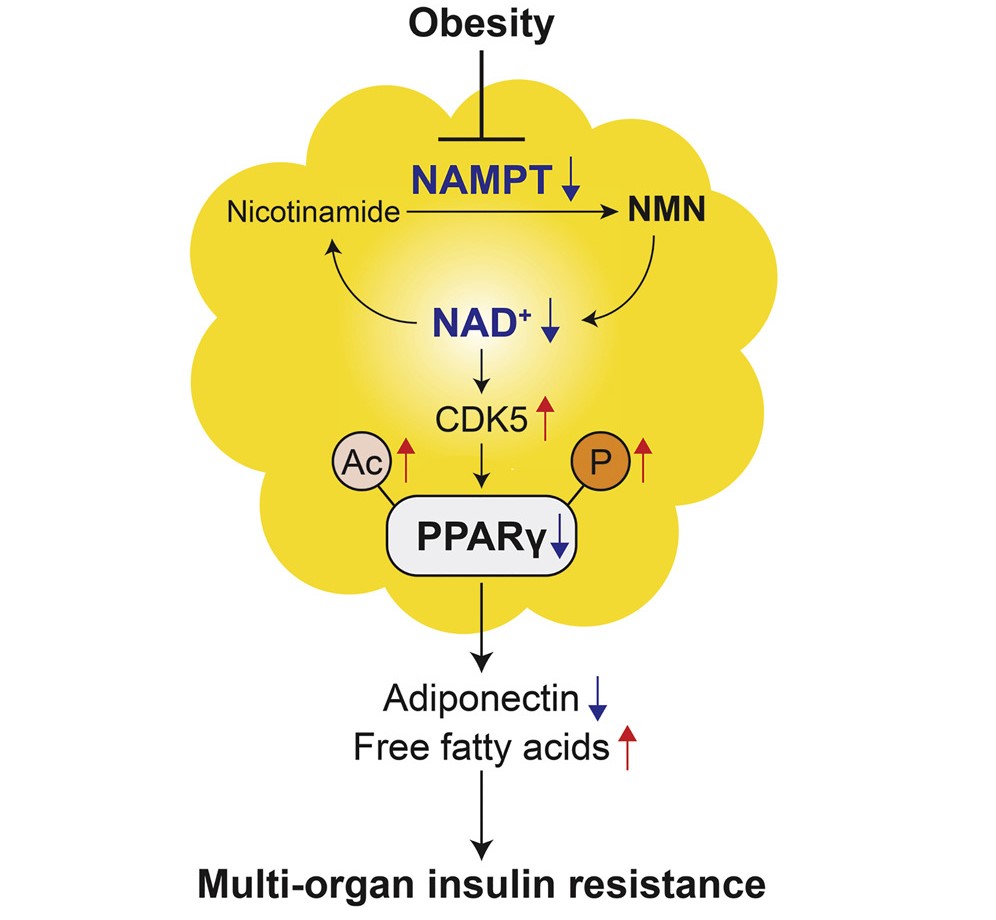
Symptoms Of Insulin Resistance
Insulin resistance is a warning sign of diabetes. The following are the signs and symptoms of insulin resistance that may predispose you to diabetes development.
- High waist circumference – waistline is correlated with visceral fat and insulin resistance. In particular, above 40 inches waist for men and around 35 inches for women is highly correlated with insulin resistance.
- High blood pressure – clinical studies have demonstrated that insulin resistance triggers hypertension or high blood pressure. Therefore, blood pressure can be used as an indicator of insulin resistance. Blood pressure of around 130/80 or higher is associated with insulin resistance.
- High fasting blood sugar level – fasting blood sugar or blood glucose level provides critical insights on whether sugar digested from food has been properly absorbed or if it has accumulated in the bloodstream. The measurement is done after an overnight fasting period or without eating or drinking for 8-12 hours. According to CDC, a sugar level of less than 100 mg/dL is normal, however, anything above it is considered insulin resistance. At 100-125 mg/dL, it indicates prediabetes. Above 125 mg/dL is diagnosed as diabetes.
- High fasting triglyceride level – fasting triglycerides (type of fat, lipid) is also a good clinical predictor of insulin resistance and future diabetes development. In adults, the normal triglyceride level is under 150 mg/dL. At 151-199 mg/dL, this is considered borderline high, over 200 mg/dL is classified as high, and over 500 mg/dL is very high.
- Low HDL levels – HDL (High-density lipoprotein) is what we know as “good cholesterol”. It removes LDL (Low-density lipoproteins) or “bad cholesterol” on arteries and brings it to the liver for detoxification. Hence, HDL protects people from clogged arteries, heart attacks, and strokes. Insulin resistance is negatively correlated with low HDL levels. Hence, HDL level is a predictor of insulin resistance. HDL levels lower than 40 mg/dL in men and 50 mg/dL in women indicate insulin resistance.
- Skin tags and acanthosis nigricans – skin manifestations like skin tags and dark discolorations in body folds (acanthosis nigricans) are insulin-related skin conditions and may indicate insulin resistance. Insulin resistance triggers the formation of skin tags and acanthosis nigricans by causing the epidermal layer of skin to proliferate rapidly as triggered by increased insulin levels in the blood. Acanthosis nigricans appears as dark thickening of the skin in body folds and creases like in the neck, groin, or armpit, which may also be accompanied by small skin tags non-cancerous outgrowths hanging on skin extending from a stalk.
Aside from these variables, people with insulin resistance also experience excessive thirst and frequent urination. However, in general, a person with insulin resistance does not exhibit very noticeable symptoms. Hence, it is important to set an appointment with your doctor for tests and diagnosis.
Insulin Resistance Treatment
Generally, lifestyle modifications are the most recommended primary treatments for insulin resistance. There is enough evidence of how lifestyle improvements may enhance insulin sensitivity and combat resistance and diabetes, while some drugs may help too.
- Exercise regularly – As discussed above, physical inactivity is a trigger of insulin resistance and the opposite is beneficial. Hence, doing moderate-intensity physical activities including bicycling, dancing, doubles tennis, hiking, or rollerblading regularly may help tone down insulin resistance and improve insulin sensitivity.
Having a healthy weight improves insulin sensitivity. Studies report the effects of exercise on insulin resistance and claim that insulin resistance in diabetic patients may be reversed by undergoing habitual physical exercise. This is due to the reduction of body fat that contributes to insulin resistance. A single session of moderate-intensity exercise may enhance glucose cellular uptake by at least 40%.
- Eat a healthy diet – Depending on what we eat, it may support or impair the body’s insulin signaling processes. Excessive amounts of carbohydrates must be avoided since it stimulates too much insulin production. Meanwhile, Harvard’s Obesity Prevention Resource suggests the consumption of whole foods like whole grains, vegetables, fruits, nuts, and healthy protein sources like fish, lean poultry, and beans, and the use of plant oils instead of animal oils. And of course, they discourage the intake of sugary beverages, potatoes, refined grains, red and processed meats, highly-processed foods, and fast food.
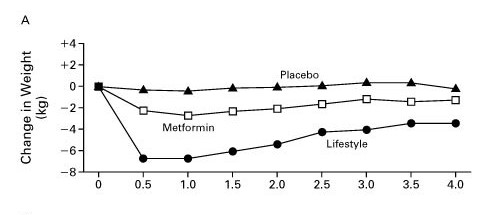
- Medication – There are no drugs that are specifically FDA-approved for insulin resistance, but some drugs are now being used to improve insulin sensitivity. Some of them are drugs that are already used for diabetes patients but can also be used to treat prediabetes conditions.
The most famous medication that doctors may prescribe is metformin, the same drug that is the first-line therapy for type 2 diabetes. Metformin may manage blood sugar levels. Metformin is also available for off-label use for insulin resistance, prediabetes, and gestational diabetes. Indeed, metformin improves blood sugar levels, insulin resistance, and diabetes.
As a comparison, a clinical trial from 27 centers among 3,234 nondiabetic persons determined that lifestyle interventions may reduce type 2 diabetes incidence by 58% while metformin by 31%.
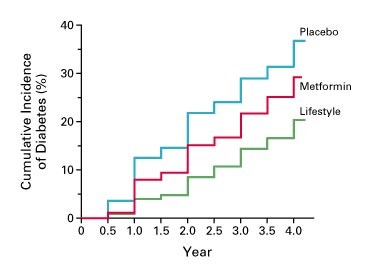
List Of Foods For Insulin Resistance
Since food raises blood sugar levels, food is directly related to insulin resistance. Below is a list of foods that may improve and aggravate insulin resistance.
- Fruits and vegetables
Fruits are fleshy, rich in vitamins, minerals, and fiber, and are a great substitute for unhealthy food cravings. Vegetables are a highly nutritious food choice that has low carbohydrates and high fiber. Notably, those with high amounts of carbs or starch like potatoes, corn, and rice result in insulin spikes and must be avoided to control insulin resistance.
Indeed, results from a combined study from three cohorts with a total of 187,382 participants conclude that fruit consumption lowers the risk for type 2 diabetes. More importantly, specific whole fruits including blueberries, grapes, and apples, have decreased diabetes risk, while fruit juices have opposite effects.
Dark green leafy vegetables, especially spinach, likewise, may ameliorate insulin resistance and fatty liver as demonstrated in a study with mammals.
Further, another strong evidence revealed that a diet high in plant compounds called polyphenols that are abundant in fruits and vegetables with dark/colorful appearances could ameliorate insulin resistance.
- Lean protein
Choosing protein over carbohydrate consumption is a better way to manage blood sugar levels. However, the saturated fats in it contribute to insulin resistance by impairing insulin signaling of cells. For this reason, high meat intake has been linked to increased incidence of fatty liver, insulin resistance, and type 2 diabetes. Therefore, lean meat and plant protein sources are beneficial to help decrease the risk of insulin resistance.
Examples of lean meat are white-fleshed fish and lean, skinless poultry meat or pork/beef meat without fat. For plant-based proteins, tofu, beans, and legumes are very good options.
- Healthy fats
Notably, an oily fish diet decreases the elevated insulin that spiked due to the red meat diet by almost 20%. The clinical trial data also showed that oily or fatty fish with healthy fats may significantly improve insulin sensitivity.
Therefore, non-lean meat, full-fat dairy, and butter should be avoided. Plant-based healthy fats or oils are also highly recommended including olive, sunflower, and sesame oils. Even avocado oil supplementation may attenuate insulin resistance in a mouse model of obesity.
- Yogurt and low-fat dairy
Dairy consumption is correlated with both positive and negative effects on insulin resistance. The disparate findings may be due to the health status of participants which becomes a confounding factor during data analysis. Nonetheless, low-fat dairy is more highlighted as a positive contributor to the improvement of insulin resistance in contrast to high-fat dairy.
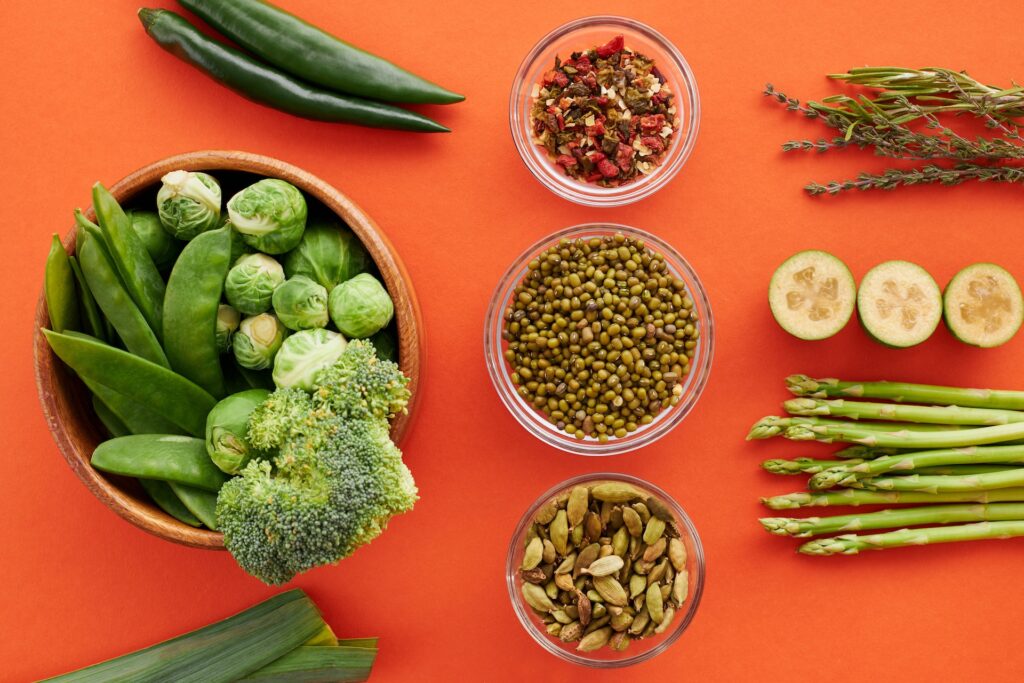
In overweight individuals or with obesity, consumption of low-fat dairy milk and yogurt for 6 months improves insulin resistance by around 11%. Similar observations in an 8-years follow-up study published in The Journal of Nutrition of 82,000 post-menopausal women demonstrate that low-fat dairy and yogurt decrease type 2 diabetes risk compared to a diet with high-fat dairy.
Reversing Insulin Resistance
Insulin resistance and prediabetes can be reversed. But once you had insulin resistance, it may recur again in the future if you live with unhealthy habits. Generally, the above-mentioned recommendations on lifestyle modifications including diet or physical activity may reverse early forms of insulin resistance, where exercise may be one of the fastest and most effective ways to reverse it.
Another excellent strategy to reverse insulin resistance is by boosting NAD+ levels through NMN supplementation. NMN ameliorates defects in glucose and fat metabolism in type 2 diabetes model in mice. Further data strongly indicates NMN amelioration of insulin resistance and enhancement of insulin sensitivity.
The researchers also investigated the AKT protein, an important molecule activated by insulin signaling, and are involved in several processes related to cell growth and survival. They found that AKT is more activated in NMN-treated mice indicating activation of the insulin signaling process to promote cellular absorption of blood sugars. Consequently, high-fat diet (HFD) diabetic mice NMN supplementation reverses the activation of the biological pathways and genes that are related to liver insulin.
Further, a 2021 clinical trial published in the world-renowned journal Science has demonstrated that NMN supplementation can increase muscle insulin sensitivity even in prediabetic women who are overweight or obese. The NMN effectiveness observed is a very outstanding finding because the level of improvement of insulin function reversal is similar to when someone achieves insulin sensitivity by accomplishing ~10% weight loss.
Final Remarks
Insulin resistance is a serious health condition. We cannot emphasize enough how debilitating the complications would be if it is left untreated. It can progress into diabetes, multiple organ defects, cardiovascular disease, and life-long insulin injections that worsen even more as you age.
It is also worth mentioning that insulin resistance can also go unnoticed. Watch out for the early signs and symptoms like your waistline circumference. Obesity, physical inactivity, poor diet, and aging are all big risk factors for insulin resistance to kickstart. Remember, insulin resistance is reversible, so, you may even now get the easy blood sugar level test at the clinic to monitor your health. Plus, take NMN supplements to help you increase your insulin sensitivity.


